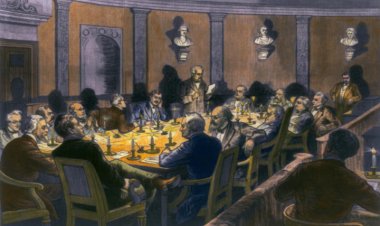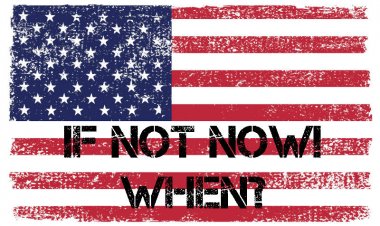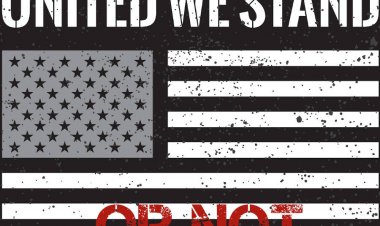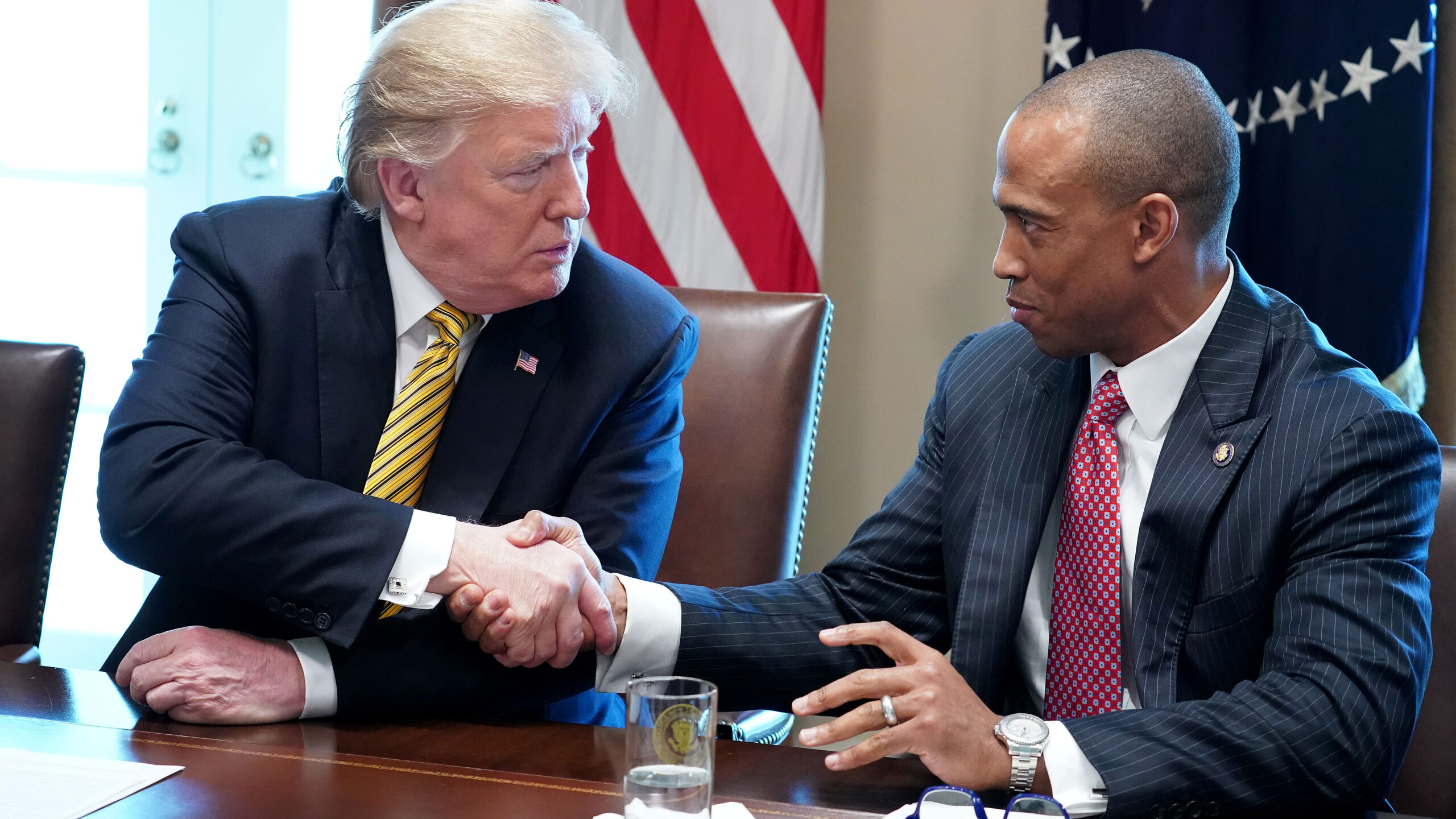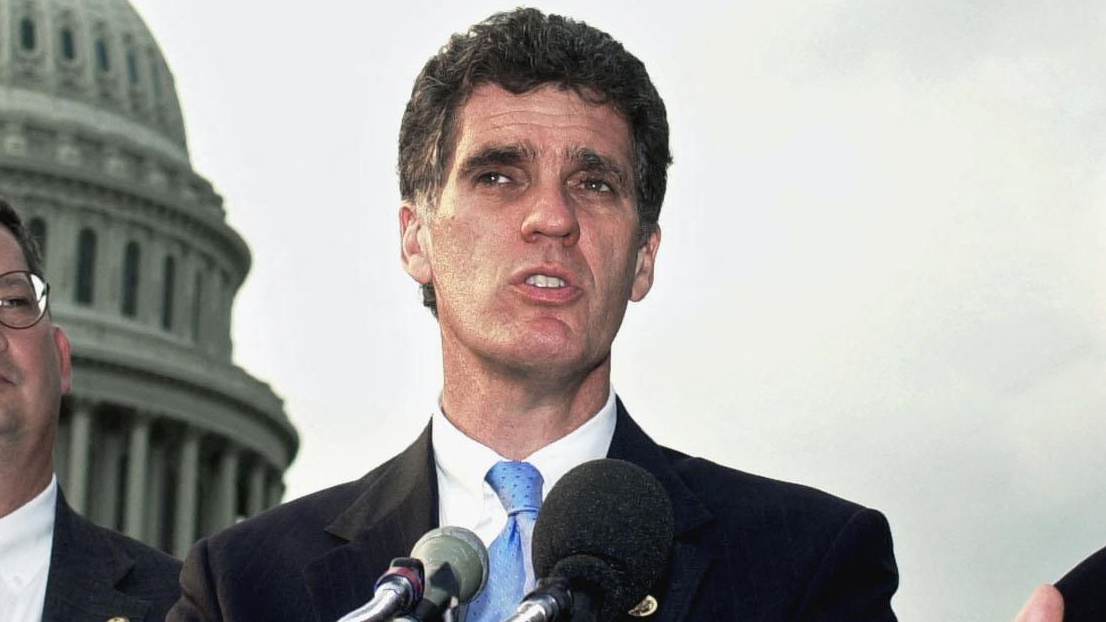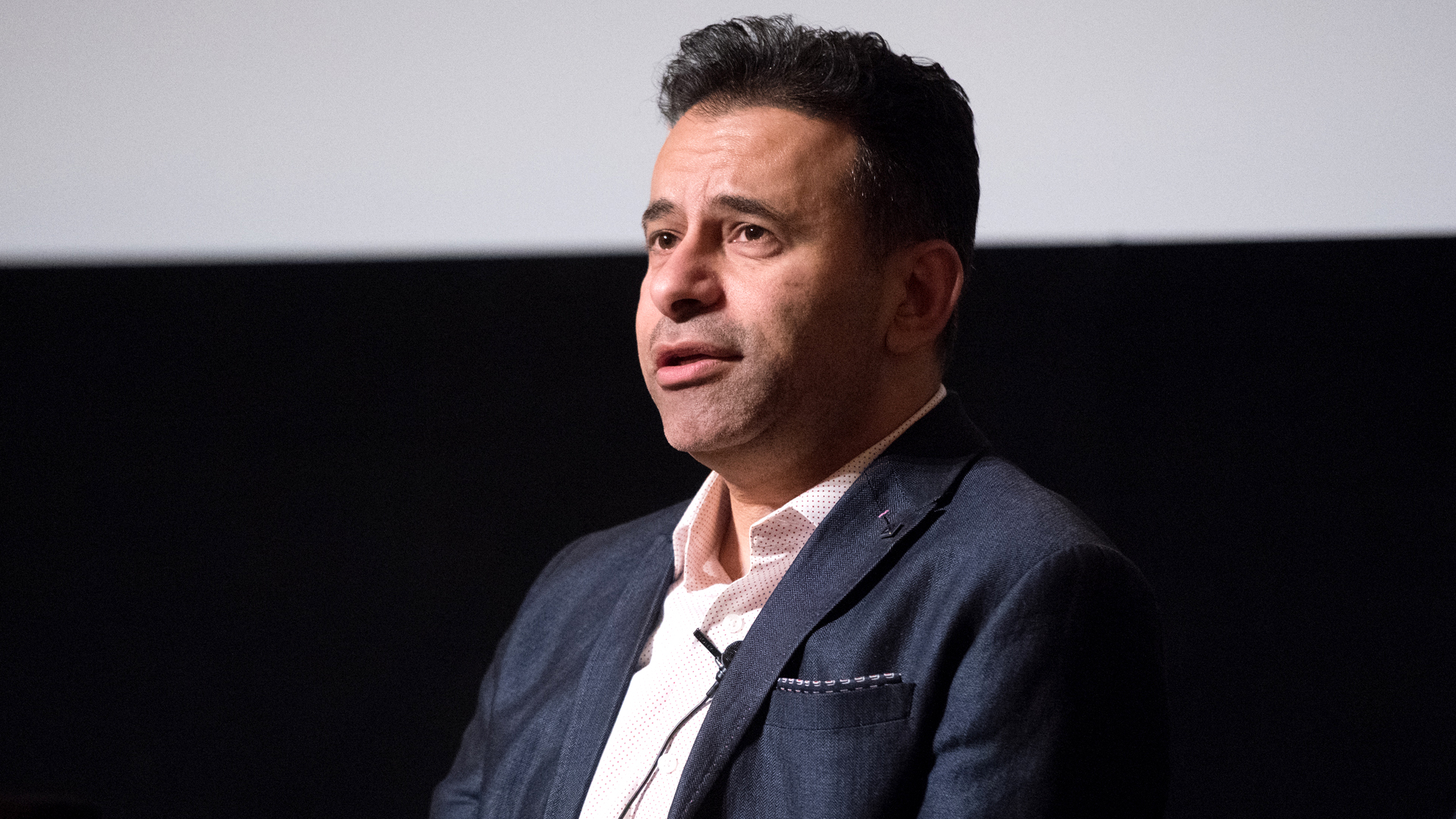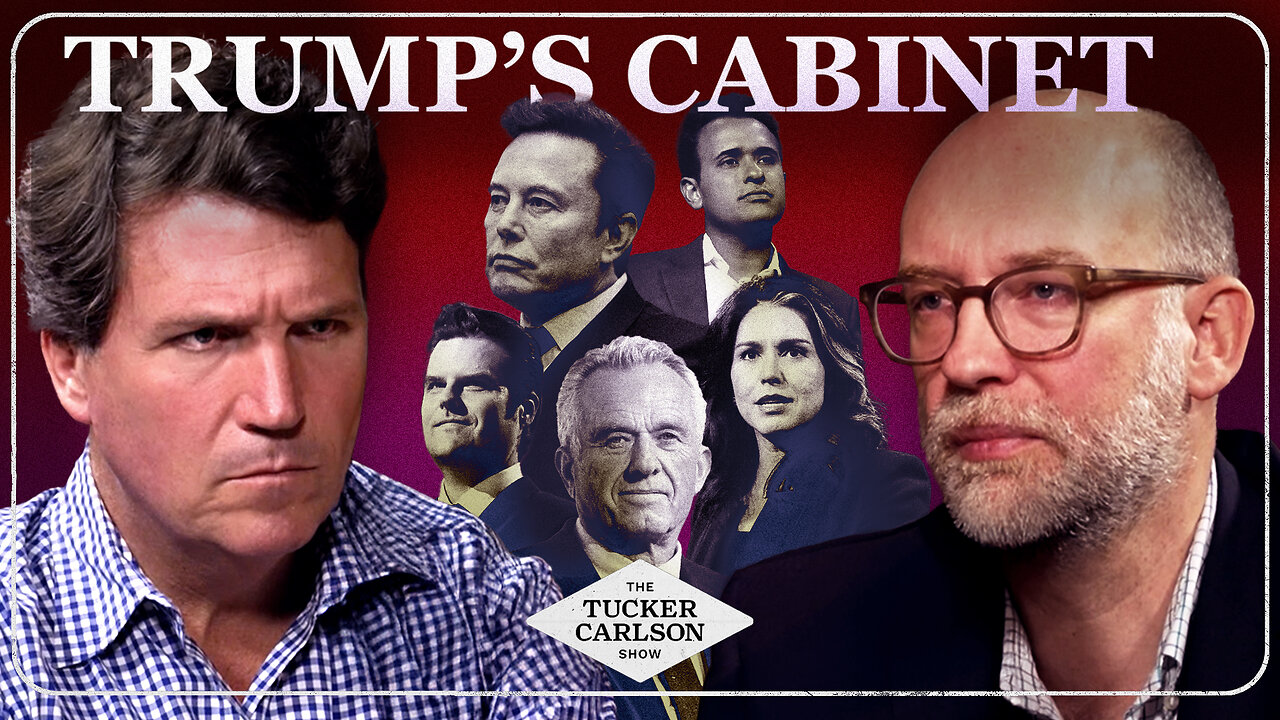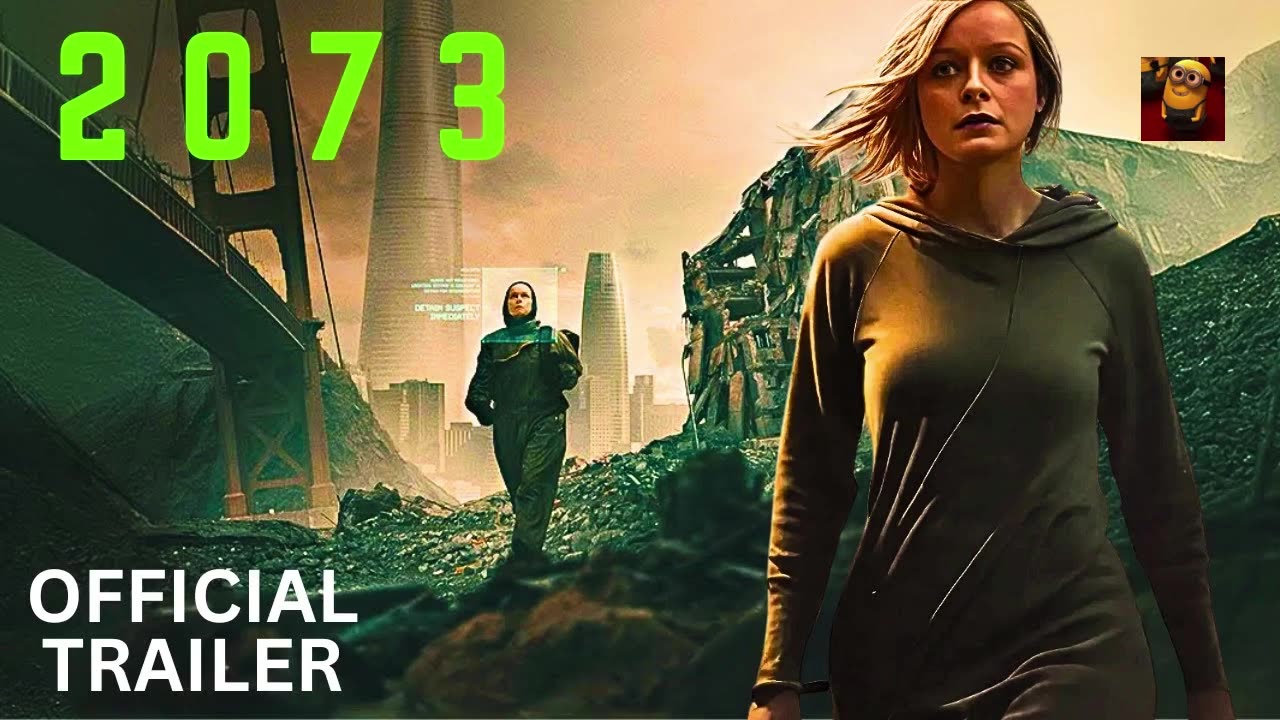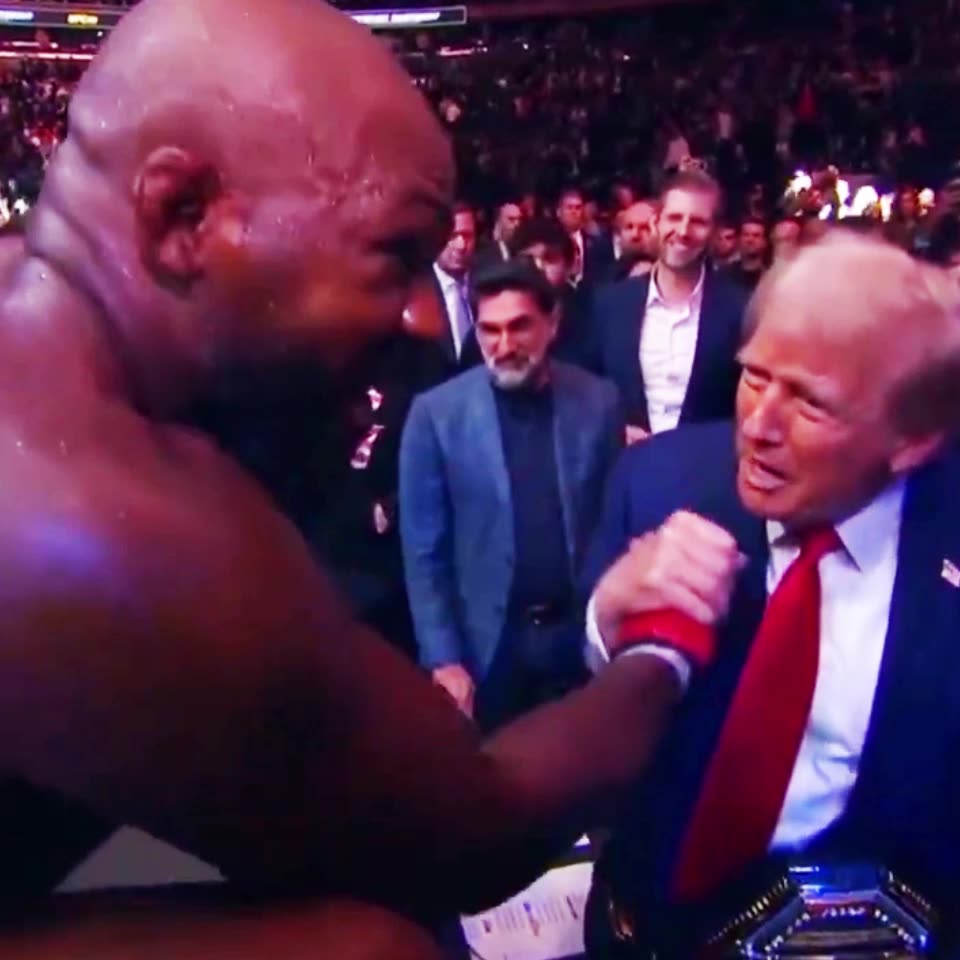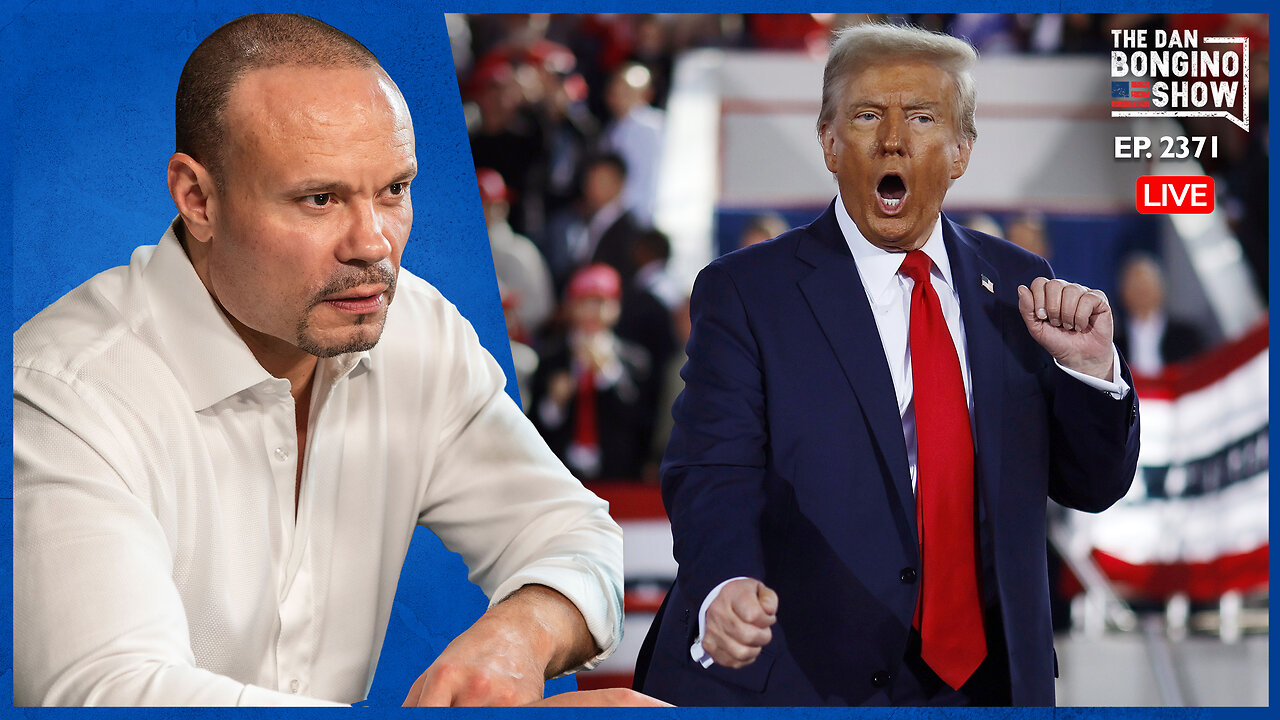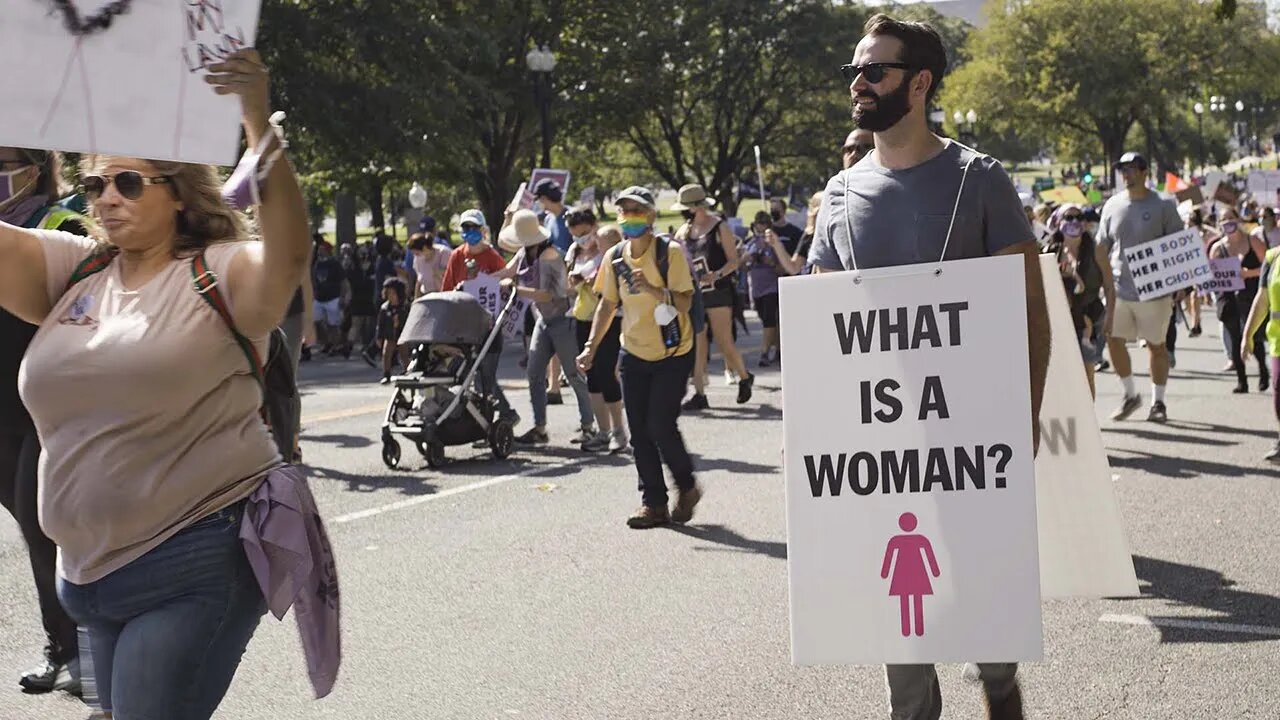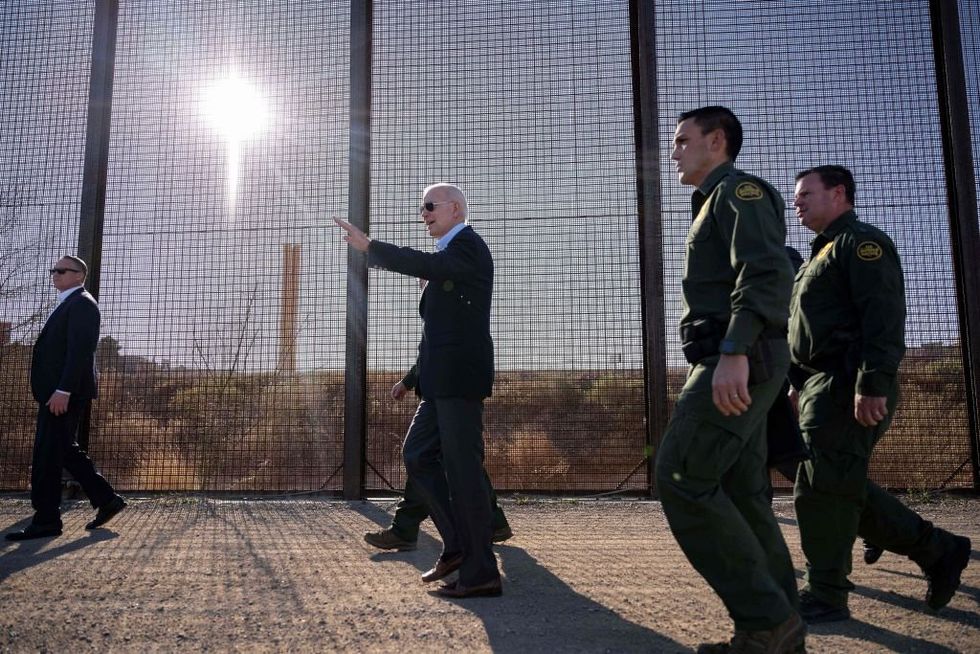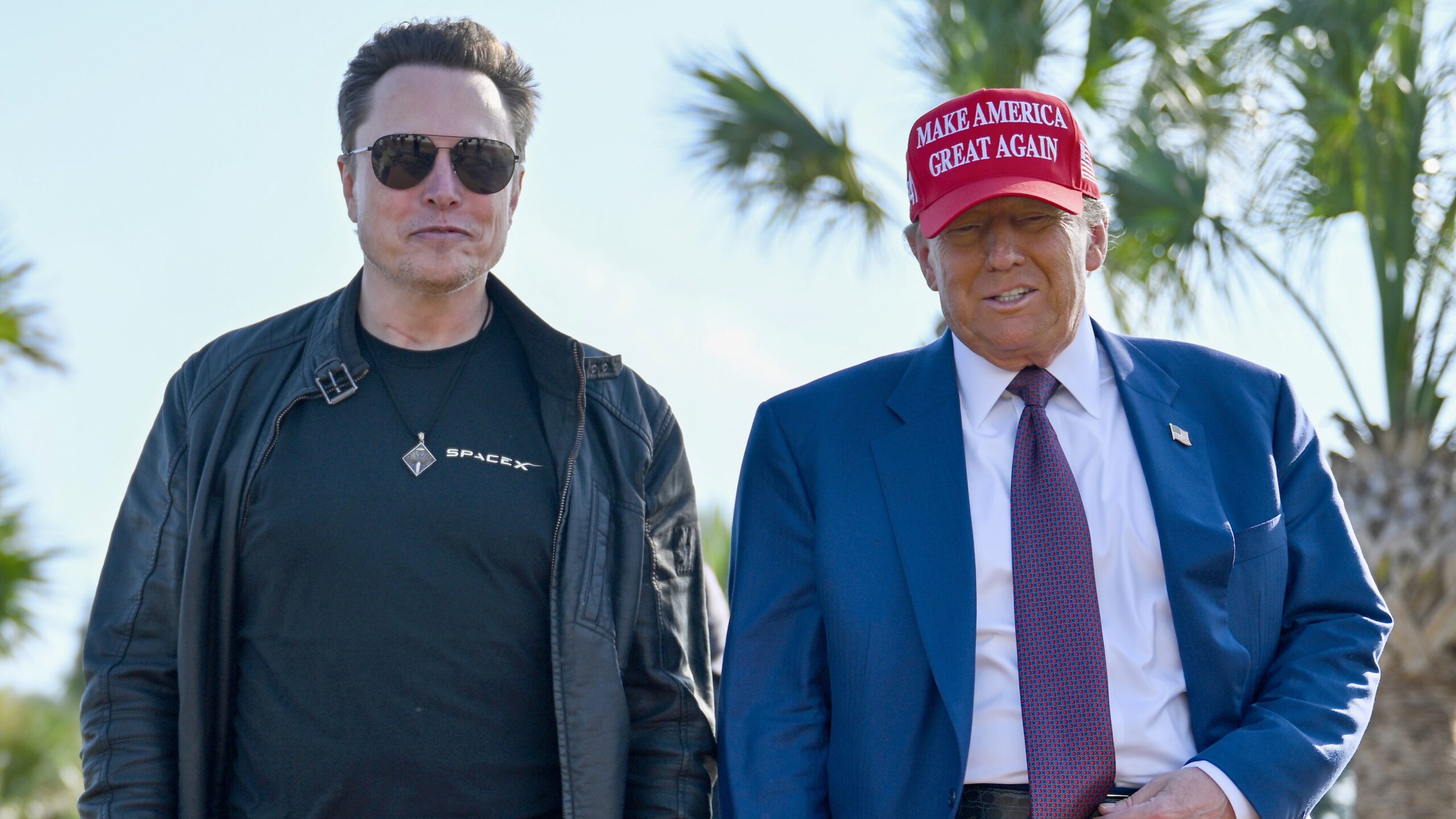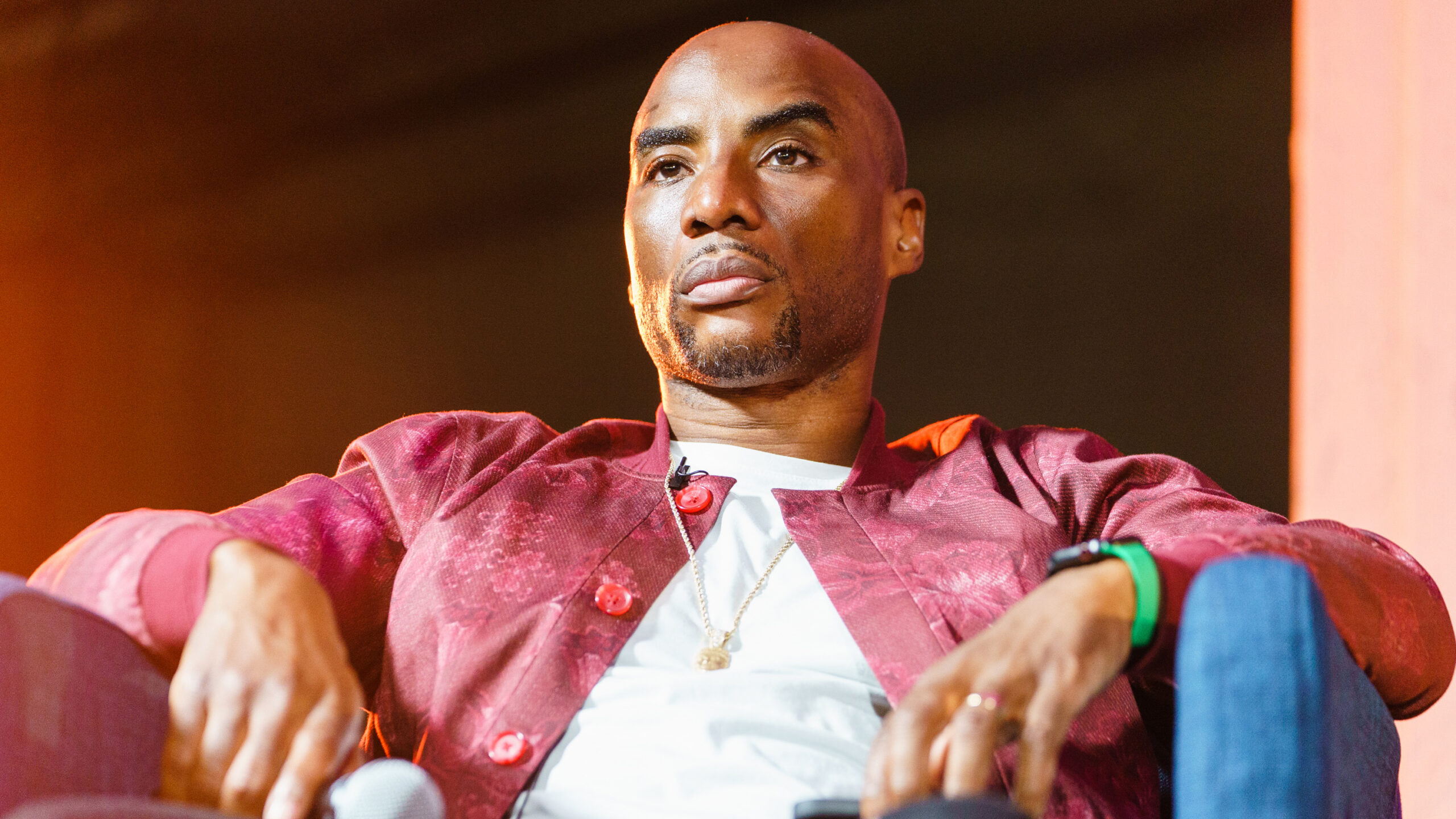The American Dream crushed by modern slavery in U.S.
'These children ... must navigate a world of exploitation and despair'


It was a typical warm day in the small Mexican town. As Jesús walked outside, the swirling air from his country road was choking with the dust of poverty, yet the enthusiasm of going to America, finding success and fortune, was exciting and overwhelmingly anticipated.
He eagerly embraced the opportunity to leave his local neighborhood team behind with the promise of training at a prominent soccer camp in Los Angeles – a little boy’s dream. But like so many dreams, one not to be.
He soon discovers that he’d been betrayed. Sold, bartered for cash into the reality of a sweatshop, subjected to the grueling 18-hour work schedule as a newly acquired slave in the “land of opportunity,” America.
The pervasiveness of child trafficking is not new, but in America it has evolved into a thriving business of enslavement and death. An open-air market of servitude exists in which young boys and girls, women and men are displayed, bought and sold as chattel for the deviant class.
The strobe of this travesty warningly flashes at the intersection of slavery and the borders of our very own country, with ICE and CBP unable to keep up with the rising sea of illegal immigrants and trafficked children flooding into our country.
Whether through incompetence or deliberate disregard, our current liberal régime has allowed an indelible stain on the soul of America. Ignoring the trafficking problem at hand, they’ve enabled the vanishment of 325,000 children. MISSING and unaccounted for. Their whereabouts and welfare unknown except to the felonious abductors now controlling their lives. Former acting Director of Immigration and Customs Enforcement Tom Homan tells us there has been a 600% increase in sex trafficking in recent years, contributing to this mockery of an immigration policy.
Under the disguises of proclaimed ignorance, political correctness or indifference, the fight against human trafficking in America goes largely unaddressed. Murderers and human thieves ply their illicit trade like an cunning animal hiding, covered with false respectability in an accepting atmosphere of apathy.
Eric Caron, a former U.S. special agent for DHS and INTERPOL, brings dire reports and warnings having recently traveled to the East African nations of Tanzania, Kenya, Uganda, Congo and Ethiopia. He’s training prosecutors and law enforcement officials on recognizing and combating these transnational crimes of human trafficking – many of which end their despairing journey in the urban sprawl of American cities and towns.
An estimated 12,000,000 children globally are being trafficked with more than 30,000,000 people worldwide already trapped in “modern slavery.” More and more are finding their way into factories, sweatshops and backrooms in America.
Babies, from abductions or forced abortions, routinely are used as satanic, ritualistic human sacrifices. It’s imperative to note that this is not relegated to the grass huts of Africa or under ornamented domes of a masjid jāmi in Iraq. Its presence exists in the United States under the up-turned noses of our societal elites.
Human trafficking is enjoying a surge as one of the most profitable crimes, earning over $300,000,000,000 last year. The U.N. states that one out of every three trafficked victims worldwide are from Africa, while the World Health Organization reports “organ harvesting” is rampant, with 10,000 kidneys illegally taken and brokered – one every hour in this transnational crime of greed.
CNN reported in 2017 that traffickers in Atlanta made more than $32,000 a week, with the exchange of nearly $290,000,000 a year through the exploitive sex trade in the darkened back alleys and hotels in their city.
The story of Jesús is a true one, repeated daily and dramatically recreated in the recently released movie, “City of Dreams.” It depicts the reality of being thrown into the underworld of captivity, where survival hinges on enduring punishing work schedules and navigating the brutality of vile, contemptible captors. Living in servitude to ruthless traffickers, these children in America must navigate a world of exploitation and despair.
In talking with one of the executive directors and financiers of the film, John Devaney, this writer is given an honest, revealing and confirming portrayal of those bearing the tribulation of enslaved youth in this underground existence. It’s a reality many denounce as impossible, yet its presence and effects are felt every day in almost every city of the country.
On the commercial side, those glammy dresses or embroidered jackets you cherish and flaunt might have found their way to you from slave shops in the back streets of Los Angeles or New York City.
Francisco Tzul toiled nearly 30 years sewing in Guatemalan, Mexican and U.S. garment factories, and has documented many problems in L.A.’s fashion industry. “There is some kind of modern slavery going on in the sweatshops,” Tzul tells us.
Even more emotionally and physically traumatizing is the sexual exploitation of youth. Whether trafficked from out of the country or internally, the devastation of this reality is the same anywhere in America.
The dimly lit halls of a Florida middle school, patterned by the flickering streaks of florescent lights, became the breeding ground for one troubled 14-year-old girl’s travesty.
Befriended by a classmate, she was introduced into a world of compliance by a 30-year-old man offering his feigned support as a “father figure.” Shortly this kinship turned from father to lover, to administrant of favors to as many as 40 men a day.
Dave Hockaday is quoted to say, “Mental slavery is worse than physical slavery.”
Both are abhorrent, but mental slavery diminishes the passion for life and limits one’s vision for betterment, ultimately cloaking the drive to free oneself from physical slavery – the goal of the captor.
“The moment the slave resolves that he will no longer be a slave, his fetters fall. Freedom and slavery are mental states.” – Mahatma Gandhi
It’s unlikely that Jesús ever knew of this panegyrical thought, but its message could have served as motivation for finding his own freedom from the bonds of servitude in an American city. He ultimately escaped the physical constraints of his enslavers by keeping his vision focused on the future instead of his cataclysmic condition of captivity.
Originally Published at Daily Wire, World Net Daily, or The Blaze
What's Your Reaction?








